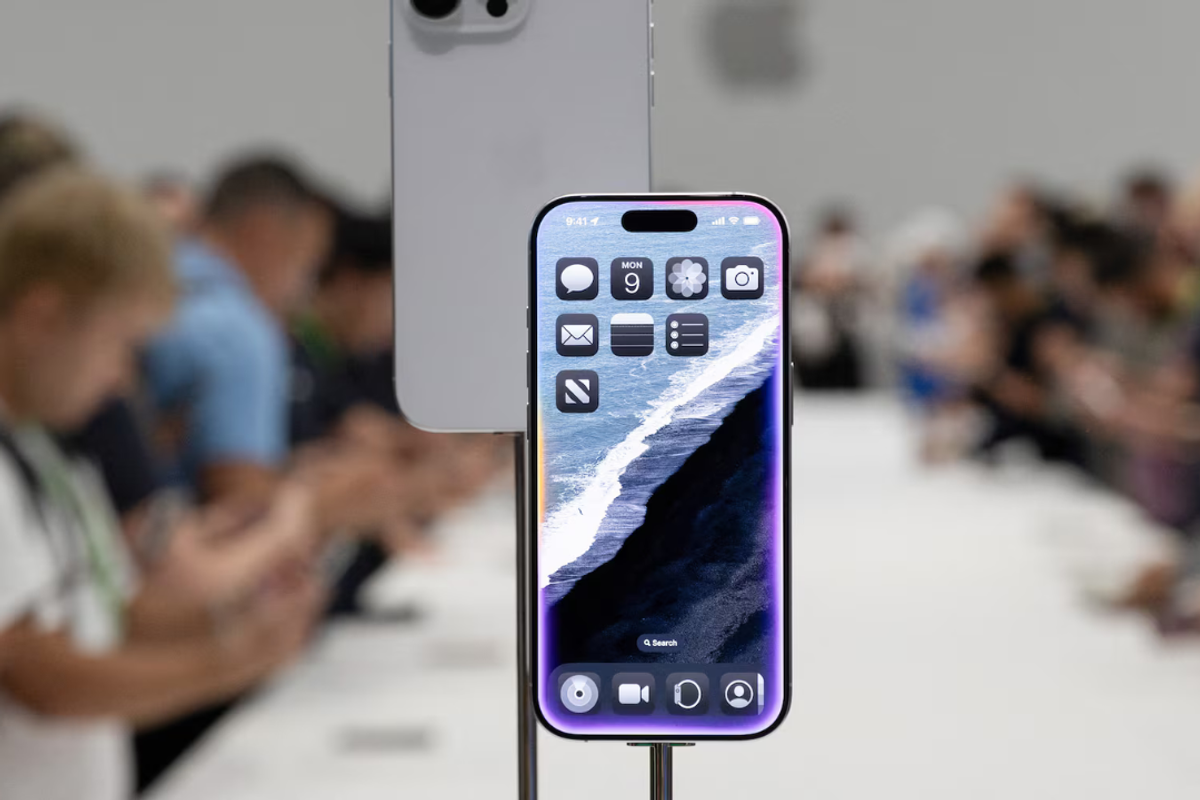The top 10 countries where the iPhone is far costlier than it is in the US
VisualCapitalist chart reveals where consumers pay far more than US benchmark for flagship iPhone, citing taxes, tariffs, and currency effects
Business Desk
The Business Desk tracks economic trends, market movements, and business developments, offering analysis of both local and global financial news.

The iPhone 16 Pro is seen at an event at the Steve Jobs Theater on its campus in Cupertino, California, U.S.
Reuters
An “iPhone Price Index” published by VisualCapitalist this year reveals that consumers in many countries pay significantly more than their U.S. counterparts for the same model, largely because of differing taxes, import duties, tariffs, and currency exchange rates.
According to the ranking, the United States serves as the baseline benchmark; in many nations, the cost of the latest flagship iPhone is far above that baseline once local regulatory and market factors are applied.
Some of the countries with the highest markups include (but are not limited to) those in Asia and Latin America.
In contrast, a few countries have prices close to, or even below, the U.S. level, helped by tax incentives or local subsidies.
The price in Pakistan comes to around USD 1,250.
Analysts say these price disparities are driven by several key factors:
- Import duties and taxes: In many jurisdictions, import tariffs on electronics and heavy VAT or sales tax add a large percentage to final retail prices.
- Currency valuation: Countries whose currencies are weak relative to the U.S. dollar often see inflated local prices when the product is priced in USD and converted.
- Regulatory costs: Fees, certification requirements, shipping, and distribution costs increase the margin retailers must charge.
Technology market observers say that excessive pricing can suppress demand, encourage grey market or parallel imports, and sometimes push users toward older or used models.
VisualCapitalist’s index is based on data gathered in 2025, comparing retail prices across many countries for the same iPhone model to gauge relative cost differences.










Comments
See what people are discussing